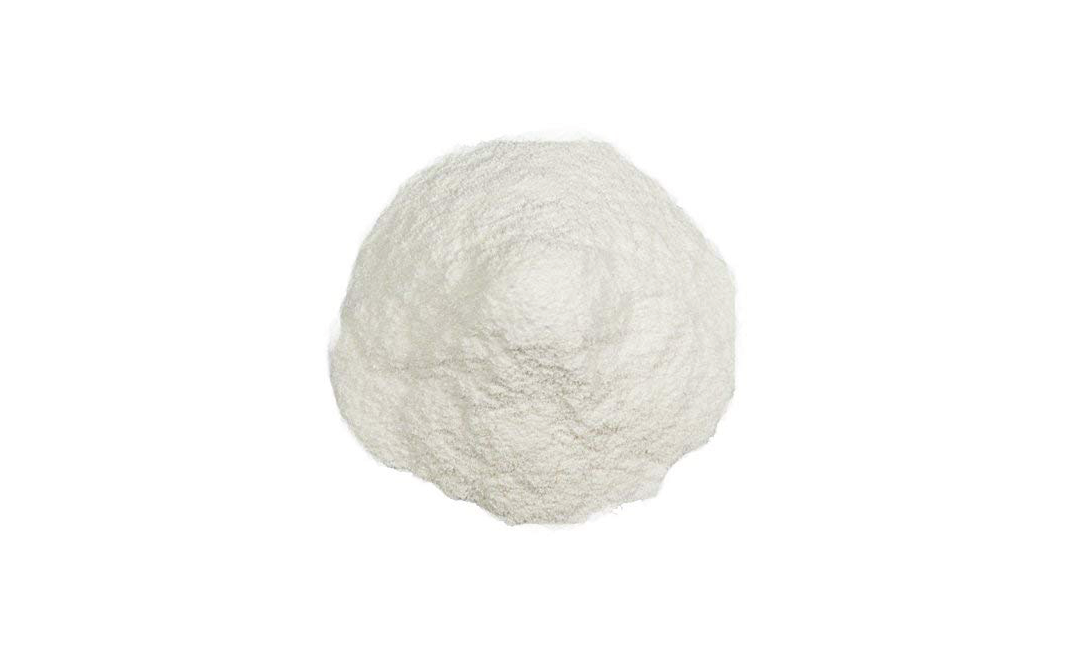


Large amounts of sodium bicarbonate may result in some adverse health effects, like coughing and sneezing, gastrointestinal irritation, mild irritation, such as redness and slight pain, may result from eye contact.(2)
- Disclaimer
"Information here is provided for discussion and educational purposes only. It is not intended as medical advice or product or ingredient review/rating. The information may not apply to you and before you use or take any action, you should contact the manufacturer, seller, medical, dietary, fitness or other professional. If you utilize any information provided here, you do so at your own risk and you waive any right against Culinary Communications Private Limited, its affiliates, officers, directors, employees or representatives.”
Description
Sodium Bicarbonate is a white odourless, solid crystalline substance, that appears as a white powder. It is most commonly used as a leavening agent to make baked goods such as cake or bread. It is an alkaline compound, and when mixed with acidic ingredients such as buttermilk, vinegar, yogurt, or lemon juice, it releases carbon dioxide through bubbling. These bubbles get trapped, making dough or batter to expand, or rise, resulting in an airy texture in cakes, pancakes, bread, and other foods. Baking soda and baking powder are both leavening/raising agents, meaning they are added to baked goods to produce carbon dioxide and cause them to rise. Baking powder always contains baking soda, but the two substances require different conditions for use. Baking soda is alkaline and will give a bitter taste if not mixed by an acidic ingredient, such as buttermilk, while baking powder contains both an acidic and an alkaline ingredient giving an overall neutral effect in taste.